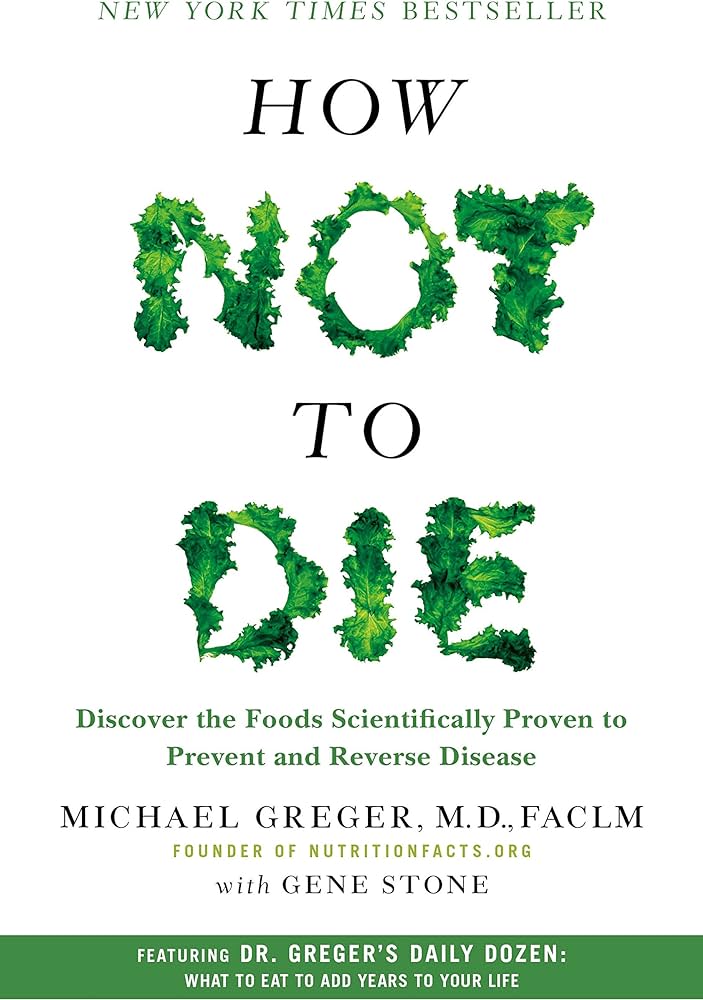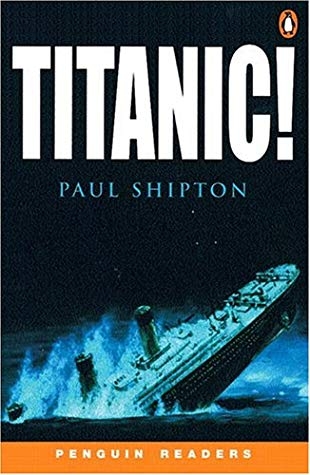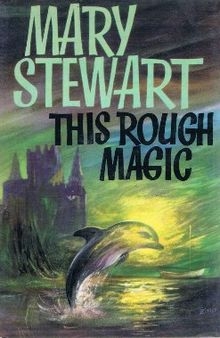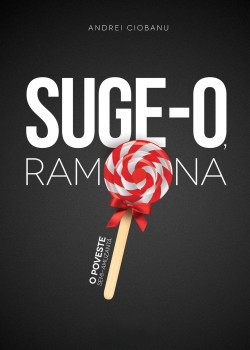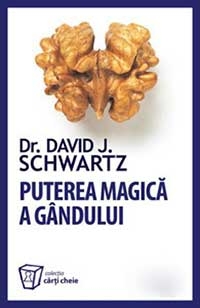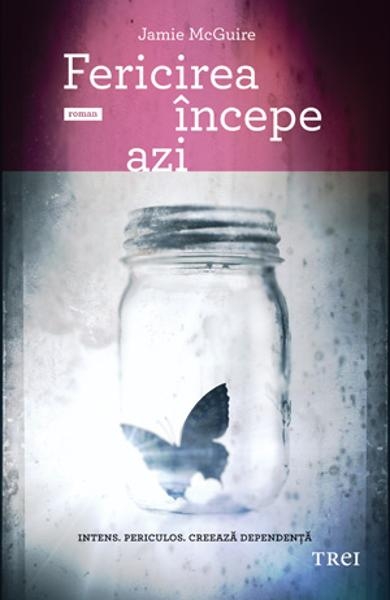It all started with my grandmother. I was only a kid when the doctors sent her home in a wheelchair to die. Diagnosed with end-stage heart disease, she had already had so many bypass operations that the surgeons essentially ran out of plumbing—the scarring from each open-heart surgery had made the next more difficult until they finally ran out of options. Confined to a wheelchair with crushing chest pain, her doctors told her there was nothing else they could do. Her life was over at age sixty-five. I think what sparks many kids to want to become doctors when they grow up is watching a beloved relative become ill or even die. But for me, it was watching my grandma get better. Soon after she was discharged from the hospital to spend her last days at home, a segment aired on 60 Minutes about Nathan Pritikin, an early lifestyle medicine pioneer who had been gaining a reputation for reversing terminal heart disease. He had just opened a new center in California, and my grandmother, in desperation, somehow made the cross-country trek to become one of its first patients. This was a live-in program where everyone was placed on a plant-based diet and then started on a graded exercise regimen.
They wheeled my grandmother in, and she walked out. I’ll never forget that. She was even featured in Pritikin’s biography Pritikin: The Man Who Healed America’s Heart. My grandma was described as one of the “death’s door people”: Frances Greger, from North Miami, Florida, arrived in Santa Barbara at one of Pritikin’s early sessions in a wheelchair. Mrs. Greger had heart disease, angina, and claudication; her condition was so bad she could no longer walk without great pain in her chest and legs. Within three weeks, though, she was not only out of her wheelchair but was walking ten miles a day. 1 When I was a kid, that was all that mattered: I got to play with Grandma again. But over the years, I grew to understand the significance of what had happened. At that time, the medical profession didn’t even think it was possible to reverse heart disease. Drugs were given to try to slow the progression, and surgery was performed to circumvent clogged arteries to try to relieve symptoms, but the disease was expected to get worse and worse until you died. Now, however, we know that as soon as we stop eating an artery-clogging diet, our bodies can start healing themselves, in many cases opening up arteries without drugs or surgery. My grandma was given her medical death sentence at age sixty-five. Thanks to a healthy diet and lifestyle, she was able to enjoy another thirty-one years on this earth with her six grandchildren. The woman who was once told by doctors she only had weeks to live didn’t die until she was ninety-six years old. Her near-miraculous recovery not only inspired one of those grandkids to pursue a career in medicine but granted her enough healthy years to see him graduate from medical school.
By the time I became a doctor, giants like Dean Ornish, M.D., president and founder of the nonprofit Preventive Medicine Research Institute, had already proven beyond a shadow of a doubt what Pritikin had shown to be true. Using the latest high-tech advances—cardiac PET scans, 2 quantitative coronary arteriography, 3 and radionuclide ventriculography 4—Dr. Ornish and his colleagues showed that the lowest-tech approach—diet and lifestyle—can undeniably reverse heart disease, our leading killer. Dr. Ornish and his colleagues’ studies were published in some of the most prestigious medical journals in the world. Yet medical practice hardly changed. Why? Why were doctors still prescribing drugs and using Roto-Rooter-type procedures to just treat the symptoms of heart disease and to try to forestall what they chose to believe was the inevitable—an early death? This was my wake-up call. I opened my eyes to the depressing fact that there are other forces at work in medicine besides science.
The U.S. health care system runs on a fee-for-service model in which doctors get paid for the pills and procedures they prescribe, rewarding quantity over quality. We don’t get reimbursed for time spent counseling our patients about the benefits of healthy eating. If doctors were instead paid for performance, there would be a financial incentive to treat the lifestyle causes of disease. Until the model of reimbursement changes, I don’t expect great changes in medical care or medical education. 5 Only a quarter of medical schools appear to offer a single dedicated course on nutrition. 6 During my first interview for medical school, at Cornell University, I remember the interviewer emphatically stating, “Nutrition is superfluous to human health.” And he was a pediatrician! I knew I was in for a long road ahead. Come to think of it, I think the only medical professional who ever asked me about a family member’s diet was our veterinarian. I was honored to be accepted by nineteen medical schools. I chose Tufts because they boasted the most nutrition training—twenty-one hours’ worth, although this was still less than 1 percent of the curriculum. During my medical training, I was offered countless steak dinners and fancy perks by Big Pharma representatives, but not once did I get a call from Big Broccoli. There is a reason you hear about the latest drugs on television: Huge corporate budgets drive their promotion. The same reason you’ll probably never see a commercial for sweet potatoes is the same reason breakthroughs on the power of foods to affect your health and longevity may never make it to the public: There’s little profit motive. In medical school, even with our paltry twenty-one hours of nutrition training, there was no mention of using diet to treat chronic disease, let alone reverse it.
I was only aware of this body of work because of my family’s personal story. The question that haunted me during training was this: If the cure to our number-one killer could get lost down the rabbit hole, what else might be buried in the medical literature? I made it my life’s mission to find out. Most of my years in Boston were spent scouring the dusty stacks in the basement of Harvard’s Countway Library of Medicine. I started practicing medicine, but no matter how many patients I saw in the clinic every day, even when I was able to change the lives of entire families at a time, I knew it was just a drop in the bucket, so I went on the road. With the help of the American Medical Student Association, my goal was to speak at every medical school in the country every two years to influence an entire generation of new doctors. I didn’t want another doctor to graduate without this tool—the power of food—in her or his toolbox. If my grandma didn’t have to die from heart disease, perhaps no one’s grandparent did.
How not to die - Michael Greger free PDF.
Listată pe: 2 mai 2024
TOP 10 Cărți
